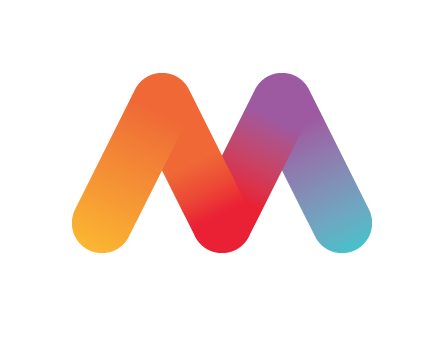We all know that women’s reproductive health is a critical part of the healthcare picture, but too often it gets short changed in favor of men’s health research. You don’t hear about “menstrual migraines” as a side effect to hormonal birth control, do you? But infertility and depression are both common secondary symptoms! As a result, women’s health has been under researched, leading to problems both immediate and long term.
It doesn’t have to be this way – women who use digital tools for self tracking can help fill in the gaps in our knowledge by noting their own symptoms and correlating it with their menstrual cycle. It can also help them get to know their body better – did you know that the average woman’s period is actually 28 days, not 30? By keeping an accurate log of your period for a few months, you can accurately predict the start of your next cycle and be more prepared for it!

One digital tool that has made quite a splash in the women’s health space are smart tampons. They’re still being developed but they have proven useful in measuring both basal temperature and other potential fertility markers to determine the most fertile days. Other companies are developing sensors for vaginal insertion which can monitor bleeding patterns, potentially catching issues like fibroids or miscarriages before they happen.
These technologies could vastly improve women’s reproductive healthcare. I’m excited to see what else people do with them!
We could all be forgiven for raising an eyebrow at the news that Apple has just bought smartwatch company “Pulse on” (Apple isn’t saying what it plans to do with them yet). This product uses biosensors in addition to standard smartwatch features like fitness tracking, notifications etc. The suggested use case was women’s health tracking – something which many see as a weak spot in mobile health technology right now. Why? Well, take Ovulation Mentor or Kindara for example; these are popular apps for menstrual cycle tracking – but they show only one aspect (and not even arguably THE most important one) of womens health data. Perhaps more importantly, they are “early stage players” – there are plenty of startups but few have reached high scale yet. That said, the field is familiarizing itself with users’ needs very fast indeed and it’s not even that difficult to see what will happen next.
>One might argue that consumer demand for cosmetics products has been responsible for this trend. The same argument could be used to explain why so many wearables are being released catering specifically towards women – i.e., companies know what sells so they build it based on market research rather than focusing purely on usability or function. Indeed, one might say that this is an example of the fashionification of technology; where form takes precedence over function.
In the case of female health tracking, it is completely reasonable to suggest that more women would use a wearable if it offered direction on how to best optimize their health beyond menstruation and fertility. This is not just about being inclusive or making technology products for everyone, it’s about meeting the needs of a broad audience of people who have come to rely on technology in everyday life.

For example, there are plenty of male consumers out there who need tools that monitor cardiovascular health but this sector still has a long way to go when it comes to wearables. A 2013 study from the Cleveland Clinic showed that less than 10% of mhealth apps were aimed at men, while 95% were designed for women – including all those period tracker apps.
There are several reasons for this imbalance, ranging from the idea that women need more monitoring than men due to their menstrual cycle right through to some thinking that these apps appeal more to female users because they feel less stigmatized using technologies intended to aid their health. At its most patronizing, you could say it is just catering towards what society expects of women – i.e., all those ads showing pink kitchen scales with floral patterns on them or pink weighing machines in public toilets!
However, Pulse On’s introduction of biosensors into smartwatches potentially offers an avenue for equal opportunity mhealth applications. What if wearables could be developed which offered people information on how best to improve cardiovascular wellness? Wearing something like a watch (or smart glasses, necklace or even highly fashionable neck tattoos) is far less stigmatizing than using a hospital-style blood pressure monitor. Just think how many more people would adopt health technology if they knew it was socially acceptable to do so?
Wearable devices are about much more than just being able to count your steps each day and Pulse On’s biosensor functionality may have just opened up some really exciting new possibilities for mhealth.

